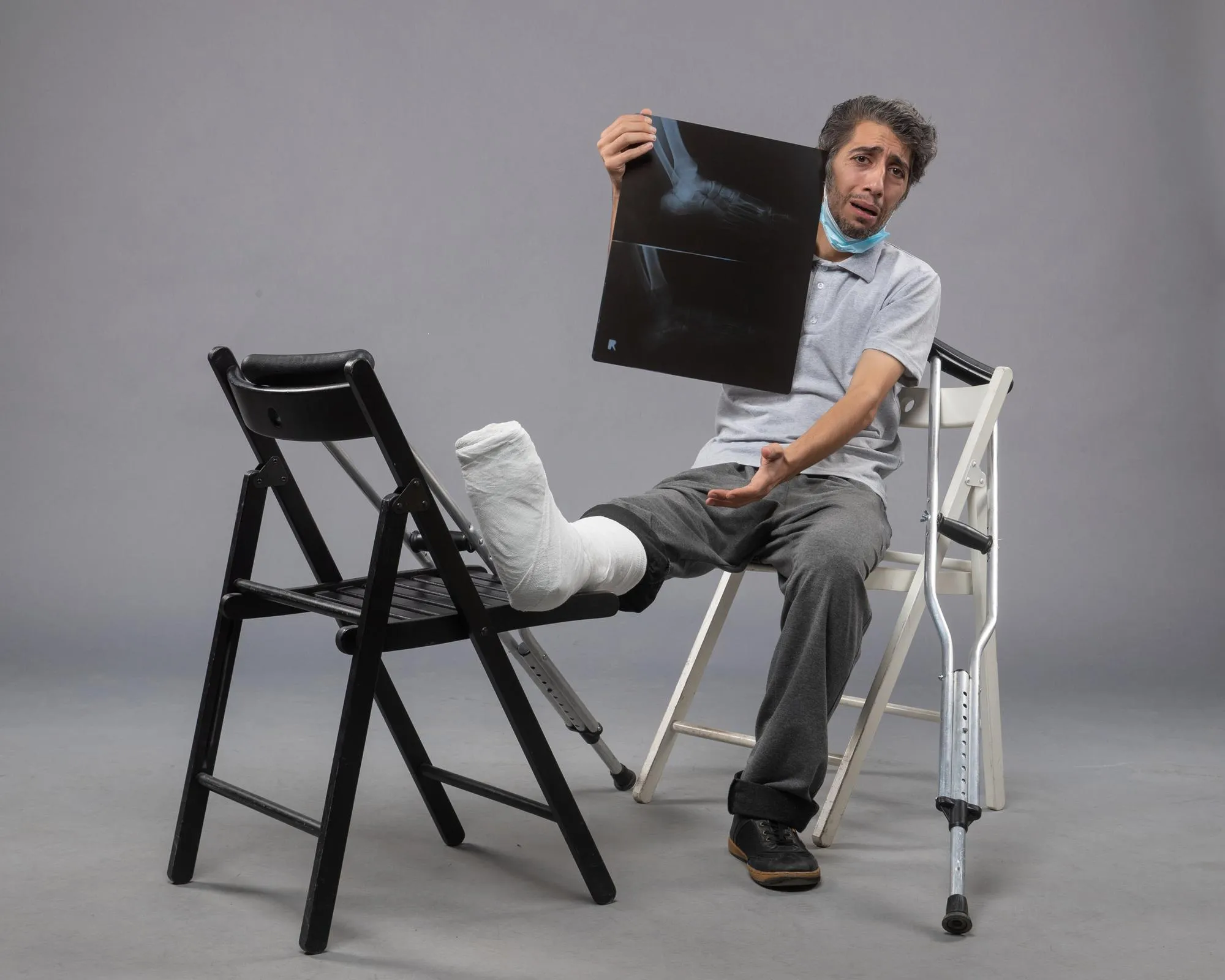Fractures of the distal femur, often resulting from high-impact injuries or conditions like osteoporosis, are clinically challenging for surgeons. Typically treated with either intramedullary nails or distal locking plates, these fractures demand expert care to restore function and quality of life to patients. The latest findings from the Trial of Acute Femoral Fracture Fixation (TrAFFix) randomised feasibility study, published in BMJ Open, provide insight into the treatment of these fractures within the NHS.
DOI: 10.1136/bmjopen-2018-026810
The TrAFFix study, an initiative involving seven NHS hospitals in England, sought to compare the effectiveness of intramedullary nails versus distal locking plates. The trial aimed not only to assess these surgical methods but also to evaluate the feasibility and intricacies of a larger-scale research project on the subject.
Over the course of the study period, only 23 out of 82 eligible patients were recruited—11 for the nail group and 12 for the plate group. This brought the recruitment rate to approximately 0.42 participants per center per month, with a 4-month post-randomisation EQ-5D-5L completion rate of 61%. The EQ-5D-5L, a standardized instrument used as a measure of health outcome, was one of the primary outcome measures used to gauge participant quality of life following the surgery.
A parallel process evaluation revealed significant barriers that impacted recruitment and participation rates. Variance in treatment pathways across centers, a lack of surgeon equipoise (clinical uncertainty as to which treatment would be superior), and emerging research cultures that lacked established cohesion were cited among the primary challenges.
Despite these obstacles, the study indicated a modified trial design could be feasible. The need for recruitment support interventions was evident, particularly for cognitively intact adults who have sustained fragility fractures of the distal femur. The ethical approval for the study was granted by the Wales Research Ethics Committee 5 (ref: 16/WA/0225).
The endeavor was led by esteemed researchers, including Griffin Xavier L, Costa Matthew L, and Phelps Emma from the Oxford Trauma, University of Oxford Nuffield Department of Orthopaedics Rheumatology and Musculoskeletal Sciences; in collaboration with various academic institutions and a patient and public representative.
In light of the TrAFFix findings, there is a call for deeper introspection within the field with regards to conducting successful, large-scale trials. At the core of this introspection lies the principle of clinical equipoise and the ethical imperative to develop robust evidence in support of the clinical decisions made by surgeons. The completion of this trial underscores the complexity both of treating distal femur fractures and successfully executing clinical research within the dynamic environment of the NHS.
Keywords
1. Distal femur fractures
2. Intramedullary nails vs locking plates
3. TrAFFix study
4. Fracture treatment comparison
5. Feasibility study in clinical research
References
1. Griffin XL, Parsons N, Zbaeda MM, et al. Interventions for treating fractures of the distal femur in adults. Cochrane Database Syst Rev. 2015;(8):CD010606. doi:10.1002/14651858.CD010606.pub2.
2. Costa ML, Achten J, Hennings S, et al. Intramedullary nail fixation versus locking plate fixation for adults with a fracture of the distal tibia: the UK FixDT RCT. Health Technol Assess. 2018;22:1-148. doi:10.3310/hta22250.
3. Tornetta P, Egol KA, Ertl JP. Locked plating versus retrograde nailing for distal femur fractures: A multicenter randomized trial (Abstract 39). Orthopaedic Trauma Association Annual Meeting. Phoenix, Arizona, USA, 2014.
4. Court-Brown CM, Caesar B. Epidemiology of adult fractures: a review. Injury. 2006;37:691–7. doi:10.1016/j.injury.2006.04.130.
5. Donovan JL, Paramasivan S, de Salis I, et al. Clear obstacles and hidden challenges: understanding recruiter perspectives in six pragmatic randomised controlled trials. Trials. 2014;15:5. doi:10.1186/1745-6215-15-5.
